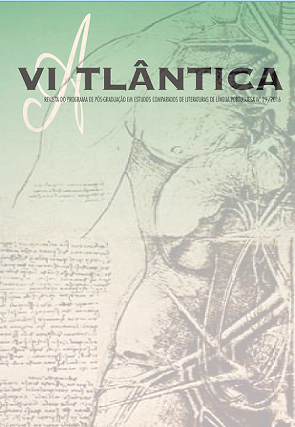The DNA of the doctor/patient relationship
DOI:
https://doi.org/10.11606/va.v0i29.111456Keywords:
narrative and medicine, hermeneutic circle, doctor-patient relationshipAbstract
Narrative in medicine or, generally, in healthcare, is being stated as a form of patient care humanization (Charon, 2008; Gallian, 2012: 174-177; Carelli, Pompilio, 2013: 677-681; Fernades, 2015: 21-39; Fernandes, 2015: 1-7). An acknowledged milestone among the various groups dedicated to this study is accrediting the doctor-patient relationship as the drive shaft of the understanding between these two poles of the healthcare service(Plapler, Carelli, 2015). Hurwitz (Hurwitz, 2006: 216-240) affirms that the medical consultation is a specific category of encounter which can be analyzed narratively. There are many plausible kinds of textual analysis models that make possible to better understand how this encounter discursively happens and evolves. This relationship, however, has been scientifically evaluated mostly as an intersubjective phenomenon which occurs randomly, in a way the patient (or his/her illnesses) is(are) still considered mostly as objects of health professionals’ knowledge. Our goal here is to show that the knowledge built up through and within this relationship results from the constitution of a specific linkage among elements (attention, time, care and guidance) that are discursively built.Downloads
Downloads
Published
Issue
Section
License
Copyright (c) 2016 Hélio Plapler, Fabiana Buitor Carelli

This work is licensed under a Creative Commons Attribution 4.0 International License.
Authors who publish with this journal agree to the following terms:
- Authors retain copyright and grant the journal right of first publication with the work simultaneously licensed under a Creative Commons Attribution License that allows others to share the work with an acknowledgement of the work's authorship and initial publication in this journal.
- Authors are able to enter into separate, additional contractual arrangements for the non-exclusive distribution of the journal's published version of the work (e.g., post it to an institutional repository or publish it in a book), with an acknowledgement of its initial publication in this journal.
- Authors are permitted and encouraged to post their work online (e.g., in institutional repositories or on their website) prior to and during the submission process, as it can lead to productive exchanges, as well as earlier and greater citation of published work (See The Effect of Open Access).



















